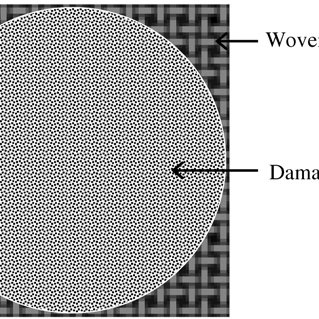
Breaking News
 Nancy Pelosi has officially announced her RETIREMENT at the end of her term, January 3, 2027.
Nancy Pelosi has officially announced her RETIREMENT at the end of her term, January 3, 2027.
 Omeed Malik: The Technocrat Muslim Billionaire Inside MAGA
Omeed Malik: The Technocrat Muslim Billionaire Inside MAGA
 Democrat-led government shutdown is now causing flight delays, threatening air traffic control,...
Democrat-led government shutdown is now causing flight delays, threatening air traffic control,...
Top Tech News
 HUGE 32kWh LiFePO4 DIY Battery w/ 628Ah Cells! 90 Minute Build
HUGE 32kWh LiFePO4 DIY Battery w/ 628Ah Cells! 90 Minute Build
 What Has Bitcoin Become 17 Years After Satoshi Nakamoto Published The Whitepaper?
What Has Bitcoin Become 17 Years After Satoshi Nakamoto Published The Whitepaper?
 Japan just injected artificial blood into a human. No blood type needed. No refrigeration.
Japan just injected artificial blood into a human. No blood type needed. No refrigeration.
 The 6 Best LLM Tools To Run Models Locally
The 6 Best LLM Tools To Run Models Locally
 Testing My First Sodium-Ion Solar Battery
Testing My First Sodium-Ion Solar Battery
 A man once paralyzed from the waist down now stands on his own, not with machines or wires,...
A man once paralyzed from the waist down now stands on his own, not with machines or wires,...
 Review: Thumb-sized thermal camera turns your phone into a smart tool
Review: Thumb-sized thermal camera turns your phone into a smart tool
 Army To Bring Nuclear Microreactors To Its Bases By 2028
Army To Bring Nuclear Microreactors To Its Bases By 2028
 Nissan Says It's On Track For Solid-State Batteries That Double EV Range By 2028
Nissan Says It's On Track For Solid-State Batteries That Double EV Range By 2028
Lightweight armor material made of nanotube mats outperforms Kevlar

Engineers at the University of Wisconsin–Madison have now forged a new type of ultralight armor material described as a "nanofiber mat," which features a unique chemistry that enables it to outperform Kevlar and steel.
The basis for this new form of armor are tiny cylinders of carbon with the thickness of a single atom. Called carbon nanotubes, these have shown promise as next-generation materials for everything from transistor research, to treating vision loss, to bomb detection devices.
In adapting carbon nanotubes for use in armor materials, the authors of this new study took multi-walled versions of them and combined them with Kevlar nanofibers. The idea was to build on earlier research demonstrating the potential of these materials in absorbing impacts, to see if they couldn't be fashioned into an even more functional armor solution.
"Nano-fibrous materials are very attractive for protective applications because nanoscale fibers have outstanding strength, toughness, and stiffness compared to macroscale fibers," said Ramathasan Thevamaran, who led the research. "Carbon nanotube mats have shown the best energy absorption so far, and we wanted to see if we could further improve their performance."
To do so, the scientists tinkered with the chemistry until they landed on the winning recipe. They synthesized Kevlar nanofibers and incorporated just a small amount of them into "mats" made up of carbon nanotubes, with just the right ratio of both, which led to the production of hydrogen bonds between the fibers. The result of these bonds was a dramatic leap in performance.

 The Technocratic Dark State
The Technocratic Dark State Carbon based computers that run on iron
Carbon based computers that run on iron

